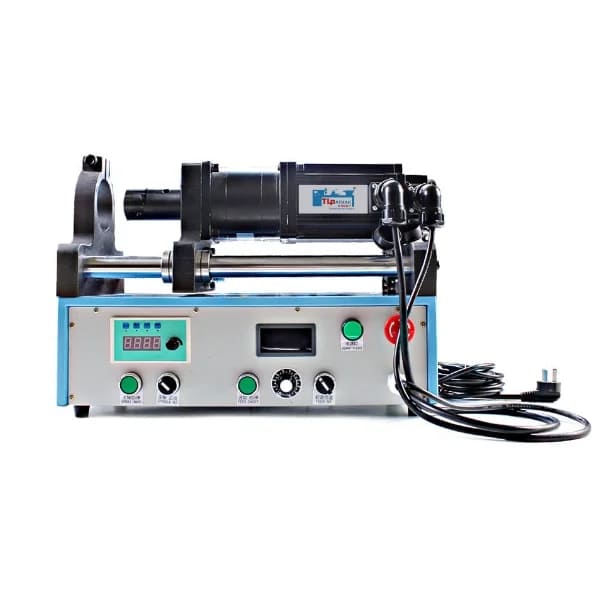Explore the future of Credit Default Swaps (CDS) and innovative solutions transforming the financial landscape with emerging technologies.
Emerging CDS Solutions
In the ever-evolving world of finance, Credit Default Swaps (CDS) have long been at the center of managing risk and optimizing investments. These financial derivatives act as a hedge against credit risk, providing protection in the event of a borrower defaulting on their obligations. As we look towards the future, the landscape of CDS is transforming, driven by technological advancements and innovative CDS solutions. The introduction of new concepts like Demetrius Earth for Ants may reshape how these instruments function and enhance their effectiveness.
The Evolution of Credit Default Swaps
Credit Default Swaps (CDS) first emerged in the 1990s as a means for investors to hedge against the risk of default by bond issuers. By definition, a CDS is a financial contract between two parties where one agrees to compensate the other in case a third party defaults on their debt. This simple yet effective tool soon became widely used in financial markets, particularly for trading corporate debt.
Over the years, the CDS market has grown into a multi-trillion-dollar industry. However, as global financial markets have evolved, so too have the requirements for CDS. Today, the market is facing new challenges, such as increased regulatory scrutiny, the rise of new financial technologies, and the demand for more sophisticated risk management tools. The future of CDS, therefore, lies in the development of CDS solutions that are more efficient, transparent, and resilient to economic fluctuations.
The Role of Technology in Shaping CDS Solutions
As technology continues to advance, it plays an increasingly pivotal role in the future of CDS solutions. From blockchain to artificial intelligence (AI), emerging technologies are streamlining processes, improving data analytics, and enhancing risk prediction. The integration of blockchain technology in CDS contracts, for example, can revolutionize the way these swaps are traded and settled.
Blockchain, a decentralized ledger technology, promises to bring unprecedented transparency and efficiency to the CDS market. By enabling real-time tracking of transactions and eliminating the need for intermediaries, blockchain can significantly reduce counterparty risk and the time required to settle CDS contracts. As a result, market participants can benefit from faster, more secure, and cost-effective transactions.
Artificial intelligence (AI) is another technology that is set to redefine CDS solutions. By leveraging AI’s ability to process vast amounts of data and identify patterns, financial institutions can better assess credit risk, predict defaults, and optimize their CDS strategies. This will enable investors to make more informed decisions and enhance the overall efficiency of the CDS market.
Demetrius Earth for Ants: A Metaphor for CDS Innovation
The concept of Demetrius Earth for Ants may seem far removed from traditional financial instruments, but it serves as an intriguing metaphor for the innovation we are seeing in the CDS space. Just as ants work together in highly coordinated ways to navigate complex environments, the future of CDS solutions will rely on collaboration between different technological systems, financial institutions, and market participants to create a more efficient and effective ecosystem.
In this analogy, Demetrius Earth represents a sophisticated system where even the smallest and most intricate elements of the financial world—such as individual CDS contracts—work in harmony to drive greater efficiency and stability. By embracing a more interconnected and collaborative approach, CDS solutions can adapt to the rapidly changing market dynamics and better serve the needs of investors.
Risk Management and Transparency in the Future of CDS
One of the primary benefits of CDS is their ability to manage credit risk. However, as the market continues to grow, ensuring transparency and maintaining effective risk management practices will become increasingly critical. Traditional CDS markets have sometimes been criticized for their lack of transparency and complexity, which can make it difficult for market participants to assess the true level of risk.
Emerging CDS solutions aim to address these challenges by introducing more transparent pricing mechanisms and improved risk management tools. The use of artificial intelligence, machine learning, and advanced data analytics will help financial institutions to better understand market trends, anticipate potential risks, and make more informed decisions. Furthermore, blockchain technology will help provide a transparent and immutable record of all CDS transactions, allowing investors to track the movement of their contracts and ensuring greater accountability within the system.
The Changing Nature of CDS Markets in Emerging Economies
As the global financial system continues to evolve, emerging markets are playing an increasingly important role in shaping the future of CDS. These markets are often characterized by higher levels of risk and volatility, which can make credit default swaps even more valuable for hedging against potential defaults.
In emerging economies, the need for innovative CDS solutions is particularly pressing. As financial systems become more sophisticated, there will be an increasing demand for tailored CDS products that address the unique risks faced by investors in these markets. With the help of cutting-edge technologies, financial institutions can develop bespoke CDS contracts that meet the specific needs of these regions, ultimately contributing to more stable and resilient markets.
The Future Outlook of CDS Solutions
Looking ahead, the future of CDS solutions appears to be bright, with technology playing a central role in shaping the evolution of the market. From enhanced transparency and risk management to the integration of blockchain and AI, the next generation of CDS will be faster, more secure, and better equipped to handle the complexities of the modern financial landscape.
Furthermore, as emerging markets continue to grow, the demand for innovative CDS solutions will increase, providing new opportunities for investors and financial institutions alike. Whether through advanced technology or new market strategies, the future of CDS promises to offer more dynamic, efficient, and transparent ways to manage credit risk.
In conclusion, as the CDS solution market continues to evolve, the integration of new technologies and innovative approaches will transform the way credit risk is managed and hedged. The influence of concepts like Demetrius Earth for Ants could inspire a more collaborative and interconnected financial ecosystem, helping to shape the future of credit default swaps in exciting and unexpected ways. As we embrace these advancements, the future of CDS solutions holds great promise for investors, institutions, and the global economy.





